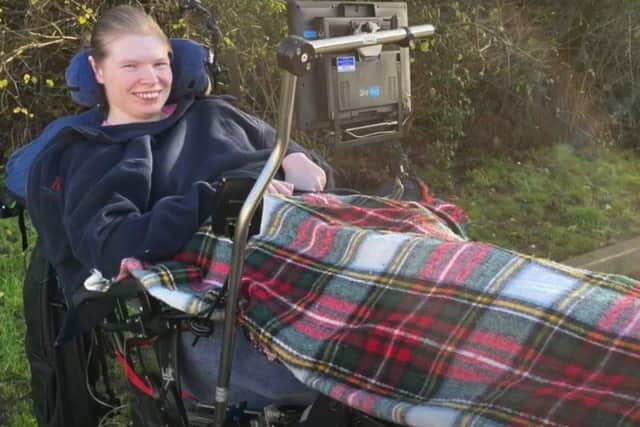Billingshurst student blazes a trail for disability communication
and live on Freeview channel 276
Lucinda, from Billingshurst, is a finalist in the national Disability Power 100 – an initiative by The Shaw Trust that recognises and celebrates the 100 most influential and trailblazing people in the country with a disability.
Since losing the ability to communicate verbally in 2017, the 31-year-old communicates by using technology called Eye Gaze.
Advertisement
Hide AdAdvertisement
Hide AdShe works with a charity called SpecialEffect to test, refine, demonstrate, and advocate for communication, gaming, and wider accessibility for people who use Eye Gaze technology. In 2020, she became an ambassador for SpecialEffect, working with the charity on projects designed to constantly push the boundaries of accessibility to see what is actually possible.


Lucinda, a final year Masters student studying Sustainability at the University of Southampton, explained: “Eye Gaze is a piece of technology that detects eye movement through a camera or tracker. It allows people to communicate – to type, to play games, to control a computer, or even to do things such as turn lights on and off – via eye movement. It’s how I communicate with everyone, as I can’t verbally talk, and I also have severe physical disabilities. It’s enabled me to study, take part in meetings, talk with friends, and have my independence.”
Lucinda is one of 10 national finalists in the Disability Power 100 in the Digital and Tech category. The winners will be announced at an awards event in London on Wednesday 8 November.
She said: “I feel so happy to be a finalist, I still can’t believe it! It’s an honour to be recognised alongside other pioneers and changemakers. I’m also looking forward to continuing to contribute to this area of supporting people with disabilities to communicate.”